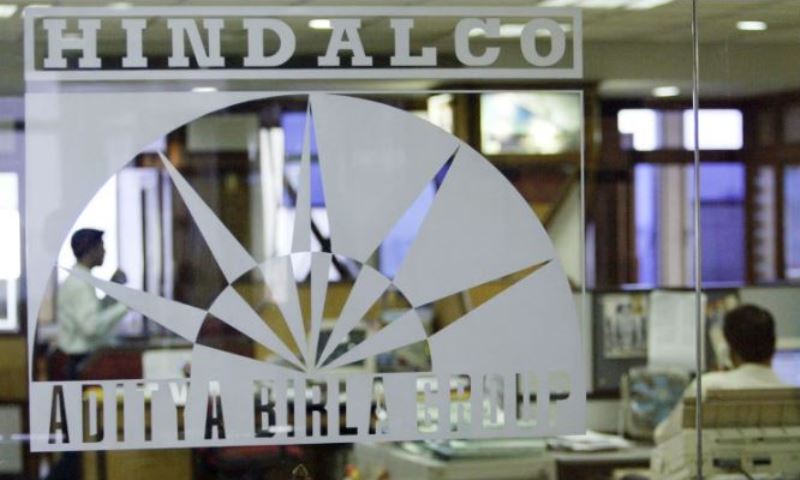Hindalco Industries Ltd on Friday said that it aims to replace diesel vehicles with electric vehicles across all plants in the country as part of its goal to become a net-zero carbon emission company.
The company stated that it has flagged off a fleet of electric bulkers at its Aditya Aluminium plant in Odisha for supplying one million tonnes of fly ash to the cement industry in the state over the next five years. Additionally, Hindalco has inaugurated two EV recharge stations near the fly ash loading point, marking another step toward green transportation and sustainable operations.
As a result of using electric vehicles, the plant expects to reduce 3,500 tonnes of carbon dioxide emissions and save Rs 1.5 crore in freight costs. Fly ash constitutes about 35% of the volume of cement produced, and Hindalco supplies four million tonnes of fly ash from across its plants to the cement industry.
“This marks an important milestone as we induct the first set of electric vehicles into our transportation fleet. These EVs will play a pivotal role in transporting our critical waste, fly ash, to the cement industry as an input material, contributing not only to a greener transportation system but also to the circular economy,” said Hindalco Industries Ltd President and Chief Logistics Officer Sukanta Das.
Hindalco is also focused on scaling up the use of LNG and electric vehicles in road transport while expanding the rail mode of transportation by connecting its new mines and plant locations to the Indian Railways network.

